1. Functions of Window Scrapers
How They Work: Window scrapers utilize a soft, flexible rubber blade that adheres closely to the glass surface. By applying even pressure, they remove large areas of water film and cleaning foam at once. This is much faster than wiping with a cloth and avoids cloth residue and water stains.
Use Scenarios:
Cleaning Window Glass: After spraying with glass cleaner, use the scraper to clean the glass for an instant, sparkling clean.
Cleaning Shower Glass Partitions: This is particularly effective for removing limescale and soap stains on bathroom glass, making it a great daily maintenance tool for preventing limescale buildup.
Cleaning Bathroom Mirrors: This also helps quickly brighten and shine.

2. Other Uses for Window Scrapers
A window scraper's functions extend far beyond cleaning glass; it's truly a multi-functional cleaning assistant.
Cleaning Any Smooth Surface:
Tile Walls: For kitchen and bathroom tile walls, especially the oil-splatter-resistant tiles in front of the stove, spray them with cleaner and use the scraper to remove grease, saving effort. Ceramic countertops/washbasins: Scrape away any accumulated water and foam.
Stainless steel surfaces, such as sinks and stoves, are less susceptible to fingerprints and water marks after scraping.
Floor Scraping and Absorbing:
After showering or mopping, if there's a lot of accumulated water on the floor, use a scraper to collect the water and then blot it up with a mop or rag, greatly improving efficiency. A large scraper (floor scraper) is a standard cleaning tool.
Dust and Hair Removal:
For pet hair and fluffy dust on floors, carpets, and even bedding, use a scraper to collect the water before sweeping or vacuuming. This is more effective than vacuuming directly.
Creative Home Uses:
Film and Stickers: When applying screen protectors to phones or applying stickers to glass or tiles, a scraper is the perfect tool for smoothing and removing air bubbles.
Crafts: When creating handicrafts, such as framing photos or creating resin artwork, use it to smooth surfaces and remove excess liquid.
3. How to use a window scraper correctly for optimal results?
Wet the surface: First, use a spray bottle to evenly spray the cleaning solution onto the surface to be cleaned, allowing it to dissolve all dirt.
Keep the scraper blade clean: Ensure the rubber scraper blade is clean and free of grit, which could scratch the surface.
Maintain an angle: Hold the scraper blade at a moderate angle to the surface (usually 30°-45° is recommended), not perfectly perpendicular.
Scrape from top to bottom: Start at the top and scrape downward in straight lines, wiping off any water collected on the scraper blade with a towel after each stroke.
Overlap scraping strokes: Each scraping stroke should overlap with the previous one to ensure no gaps are missed.
Finish the edge: Finally, wipe any remaining water droplets from the edge with a clean microfiber cloth.


 中文简体
中文简体 English
English Español
Español Français
Français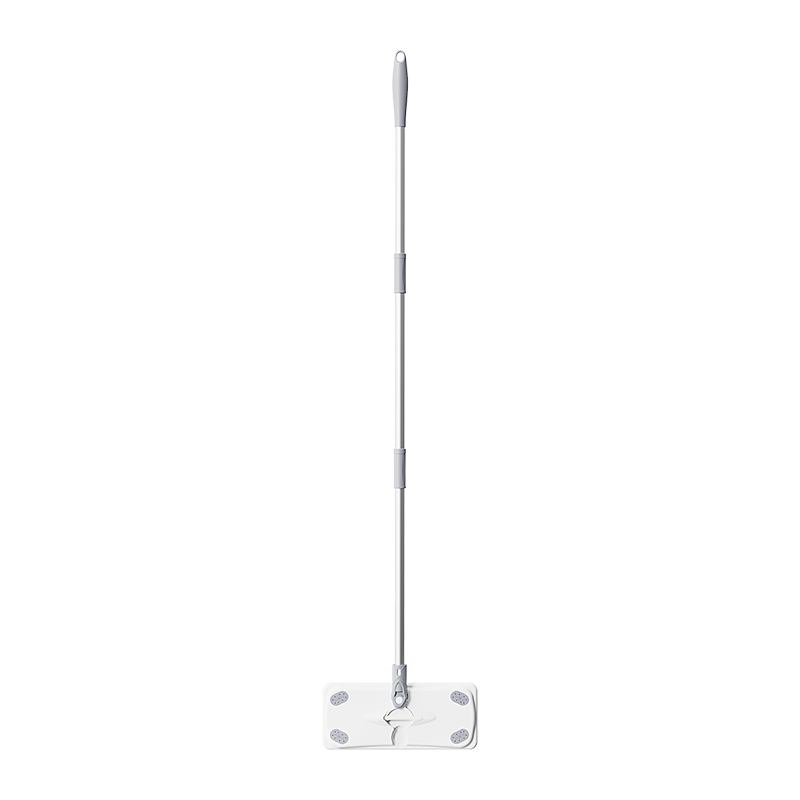
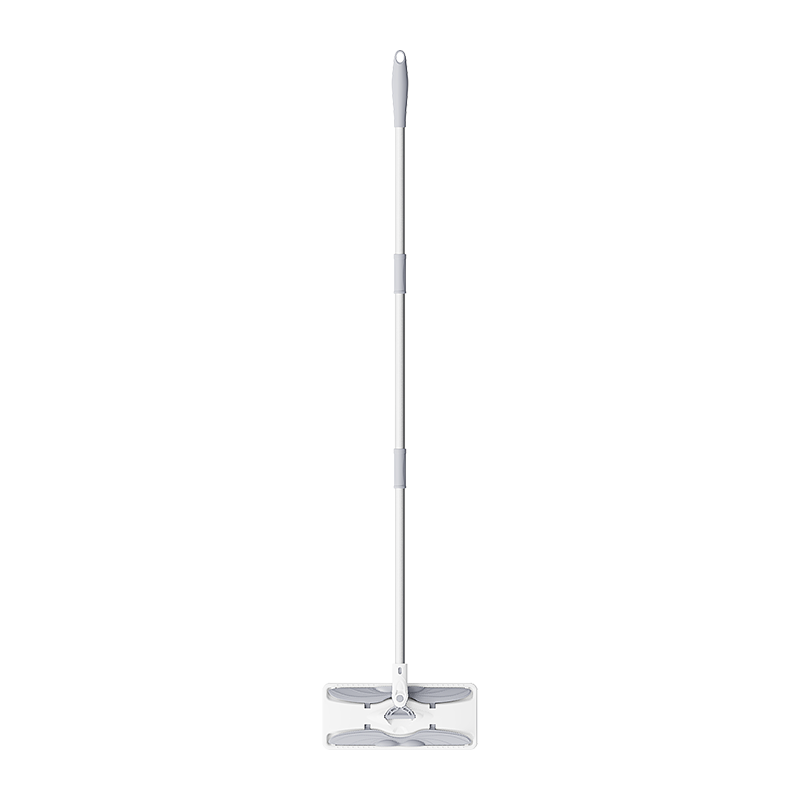
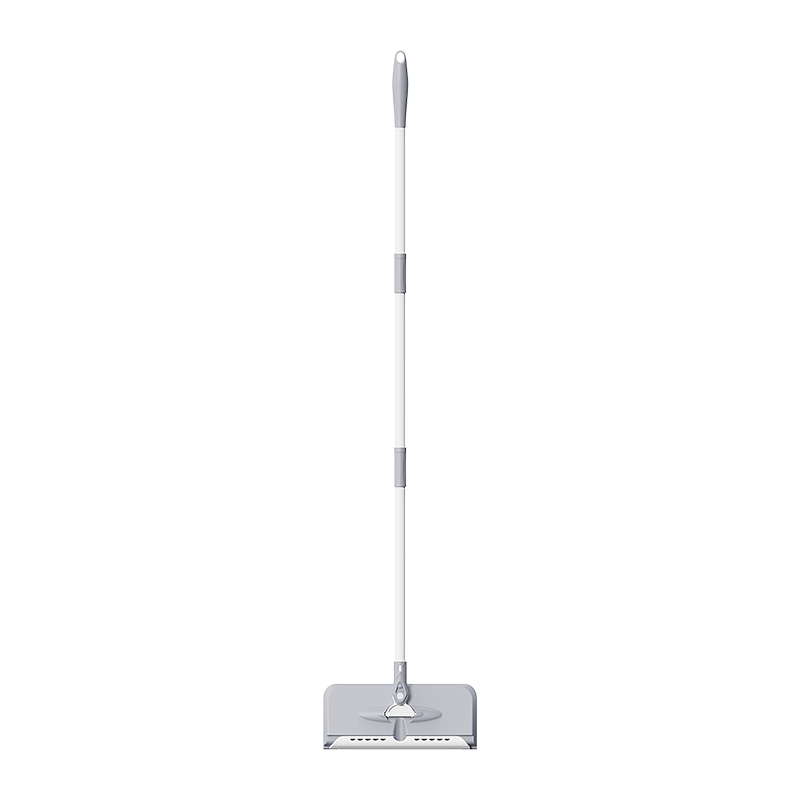
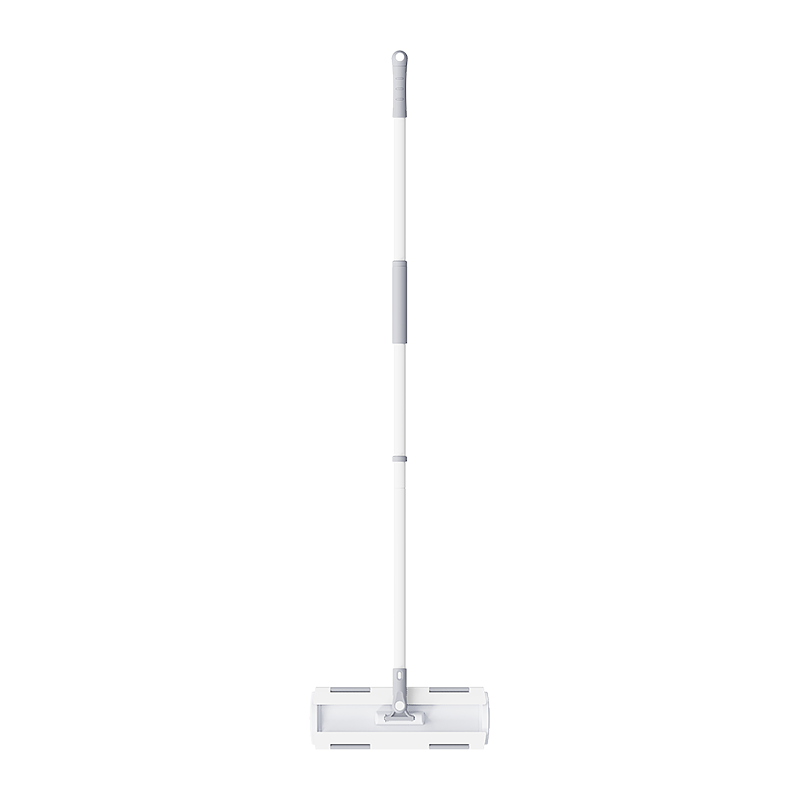
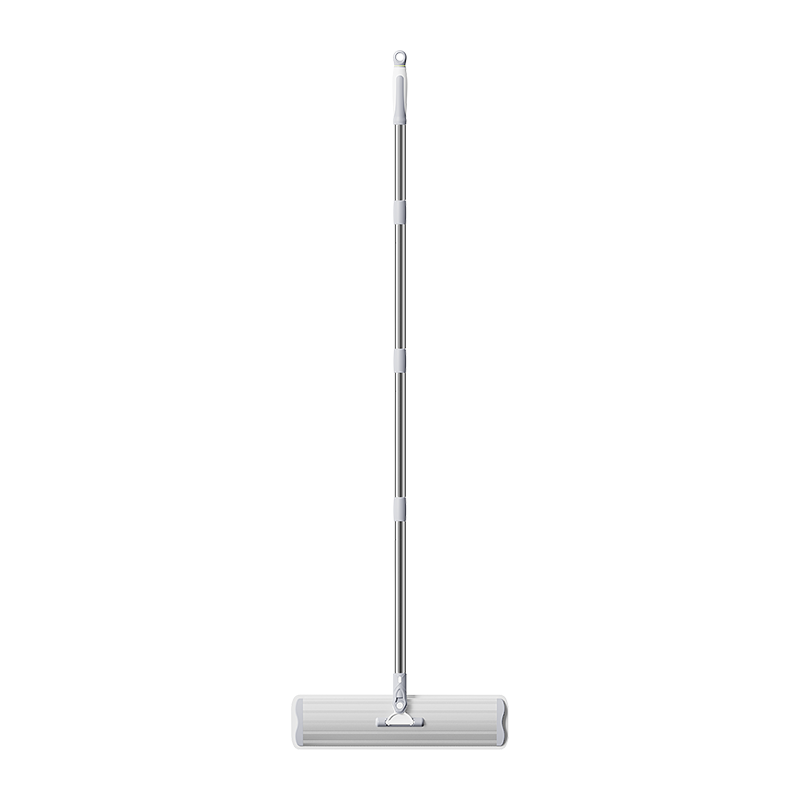
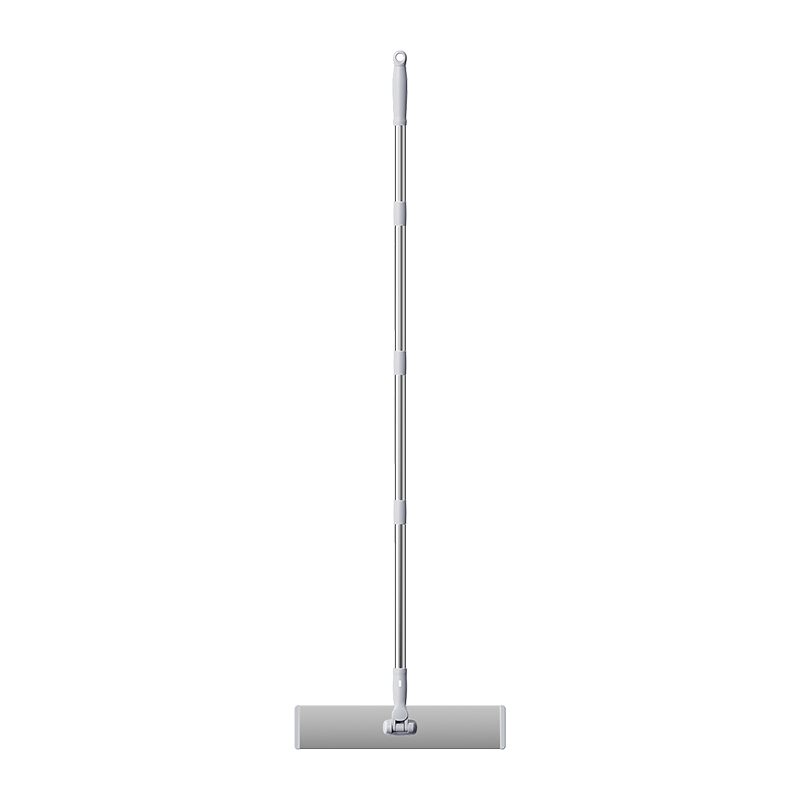
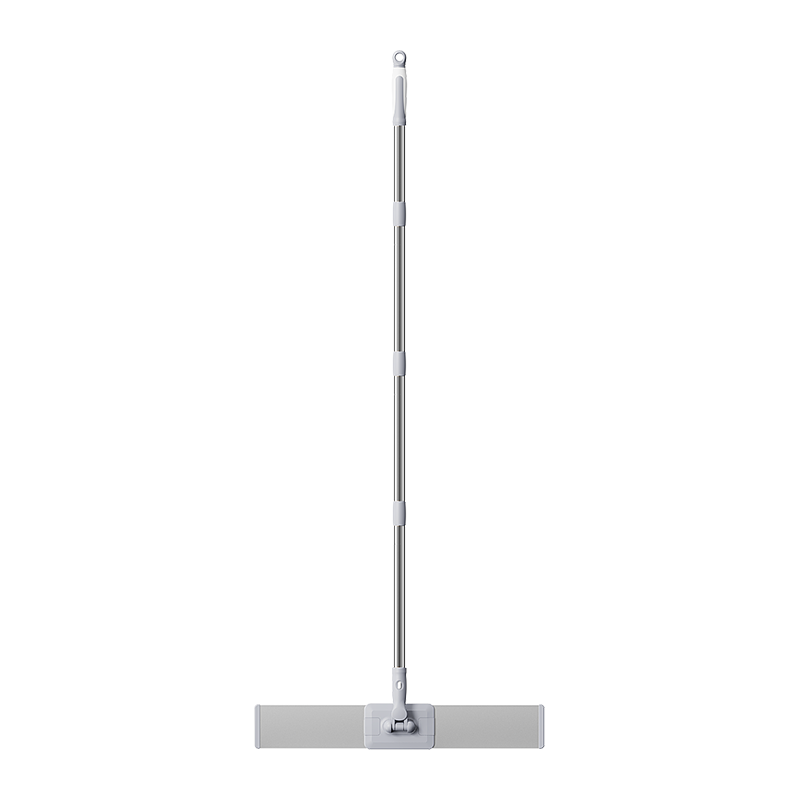
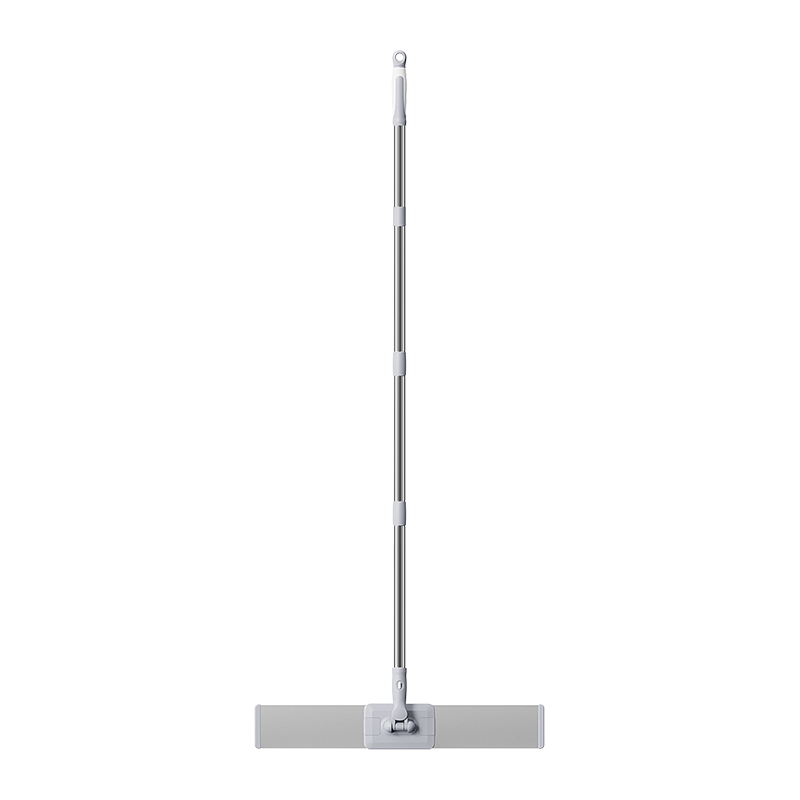
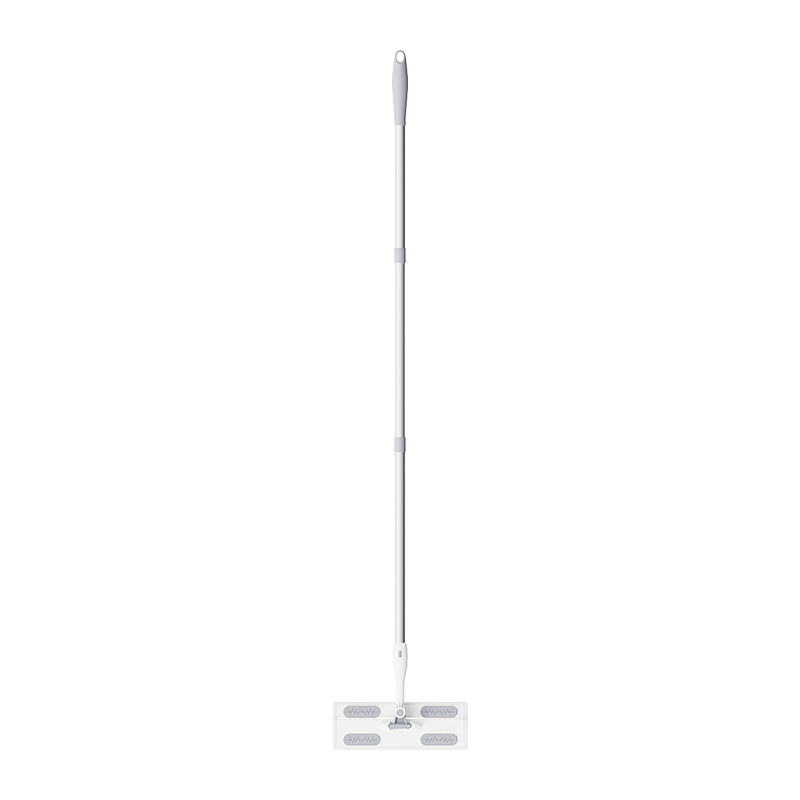
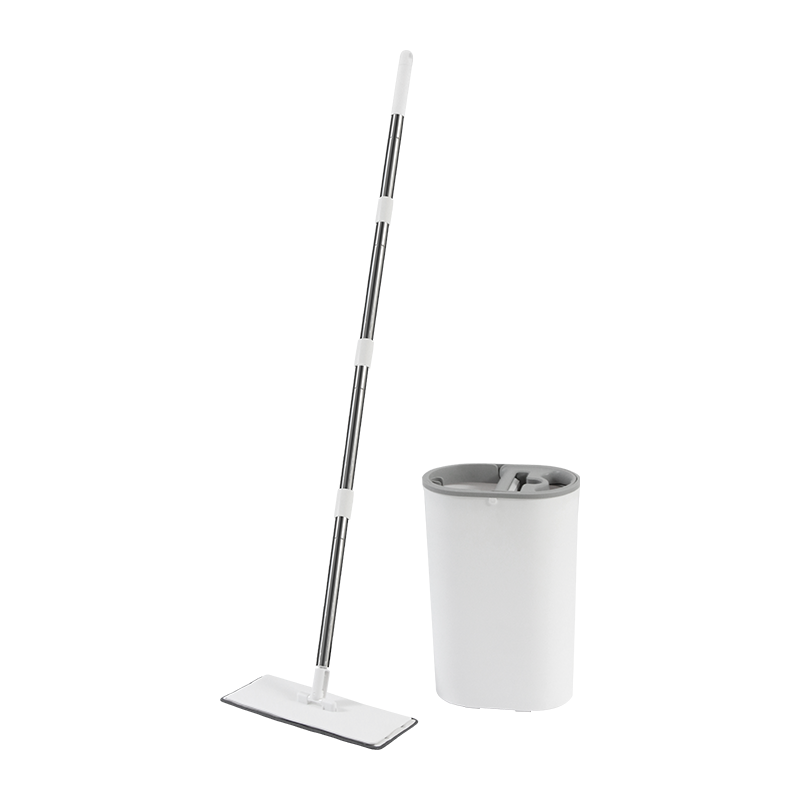
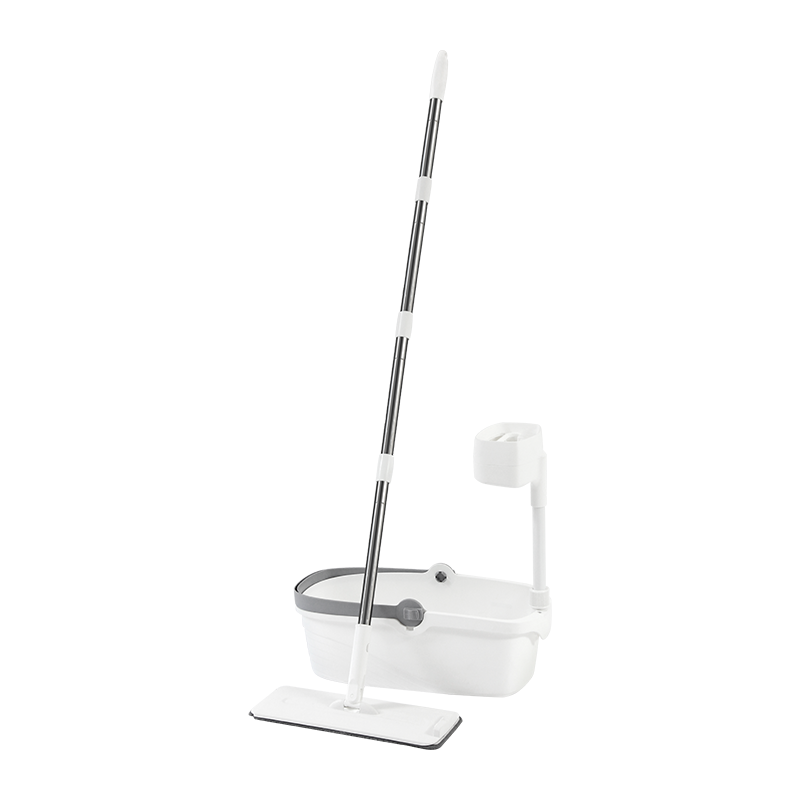

 Products
Products












